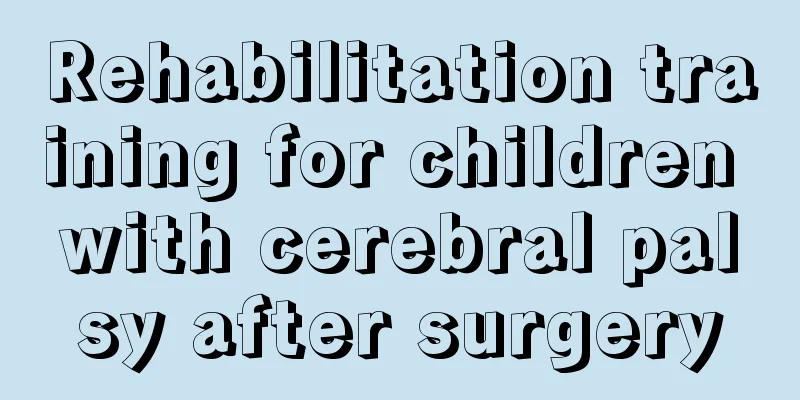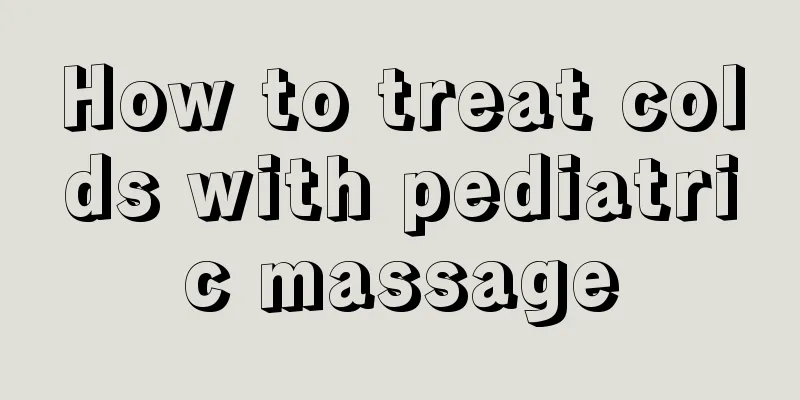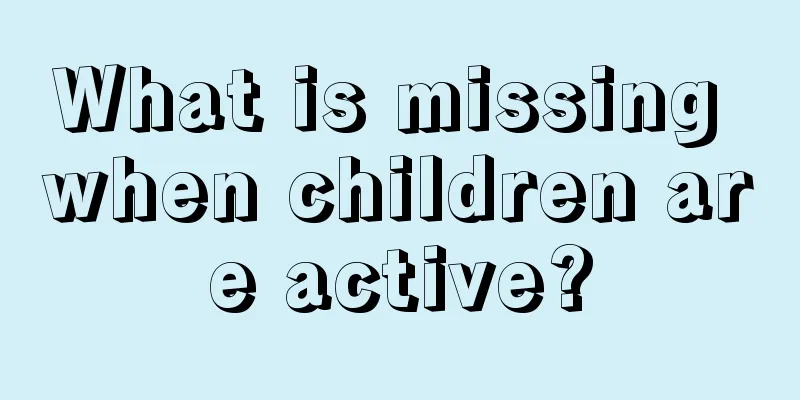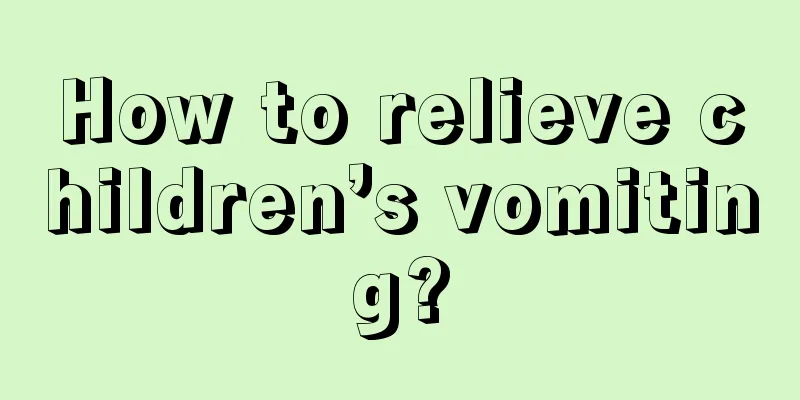Rehabilitation training for children with cerebral palsy after surgery

|
Nowadays, the incidence of cerebral palsy is getting higher and higher, and there are more and more children with cerebral palsy in the country. Therefore, children with cerebral palsy must undergo rehabilitation training, especially after surgery. In this way, children with cerebral palsy can get better faster. So how should children with cerebral palsy undergo rehabilitation training after surgery? Head control training Learning to lift one's head during infant development is a major prerequisite for learning other activities. During training, you can support the child's head on both sides so that the head can be stably maintained in an upright central position. When the head is accustomed to maintaining the correct posture for most of the sitting time, the child's trunk can be tilted forward and sideways to help him learn to control his head and keep it stable. Trunk Training On the basis of pressing the Yanglingquan point, hold and knead the lateral leg muscles in sequence; or on the basis of pressing the Weizhong point, hold the posterior muscles up to the Achilles tendon; or on the basis of pressing the Huantiao point, hold and knead the adductor muscles. Rolling over, sitting, crawling, standing and walking are the various stages of normal motor development for infants and young children. Learning and mastering these basic movements can gradually be transformed into complex functional movements in daily life. When training the child to turn over, first ask the child to relax his whole body, use the hips as a fulcrum, help lift one side of the limbs off the bed, and turn from one side to the other. During sitting training, the child is first taught to sit with support from his hands, then to sit without support, and gradually transition to being able to hold toys nearby while sitting and still maintain balance. During the crawling training of children, parents can give appropriate support to the children's shoulders, elbows, hips and knees to encourage them to crawl forward. The kneeling position helps with standing. During training, let the child sit on his heels first, and with the support of his parents, straighten his hips and train his balance in the kneeling position. To prepare for standing, sit the child down and teach him to lean forward, push his knees down, and practice lifting and lowering his hips. During standing training, you can first implement the tied standing method, using a wide cloth belt to tie the child's chest and knees, and let them stand for half an hour each time. After the muscle strength is improved, let the child practice standing with the help of a chair, gradually transition to standing against a wall, standing with the help of a wall, and finally standing independently. When training to stand alone, the child should stand 20 cm away from the wall. Hold the child's hips and ask him to keep his head in the middle position, upper body straight, legs apart, and feet flat on the ground. Let go for a short while and then hold on again to gradually guide the child to build up his confidence. When the child can stand independently, walking training is performed. At the beginning, the child needs parents' help to walk. They can hold the child's collar or support the child's hips to assist in walking. Some children need splints or walkers to help them walk. When walking independently, the child has a staggering gait, his feet are too far apart, and his hands and feet are uncoordinated. Gait correction training must be performed, and attention must be paid to requiring him to take small steps first. Upper limb training On the basis of pressing the Zhongfu point, hold and knead the anterior muscles of the upper arm; or on the basis of pressing the Jianjing point, hold and knead the posterior muscles of the upper arm; or on the basis of pressing the Quchi point, hold and knead the front and back muscles of the forearm. Adjust the movement state of local limbs and promote the recovery of normal function of the affected limb. It is best performed in a stable position, with an emphasis on correcting the spastic pattern of the upper limbs in children with cerebral palsy. You can grasp the outside of the child's elbow with one hand and hold the child's hand with the other hand to lift and abduct his arm. Externally rotate your shoulders and straighten your elbows, with your palms facing up. Encourage the child to bring his hands to his chest, play with his fingers, and grasp toys of various shapes and colors. The above article explains to us in detail what rehabilitation training children with cerebral palsy need to do. I believe everyone should have a relatively preliminary understanding, so parents should guide their children to do these exercises more often, which can alleviate their condition. |
<<: Why doesn’t my four-month-old baby sleep during the day?
>>: What happens if my baby has diarrhea with mucus?
Recommend
How to treat ringworm on baby's face?
The skin of babies is relatively fragile and they...
What should I do if my two-year-old baby has rough skin?
Many mothers will find that their baby's skin...
What should we pay attention to when children have tooth replacement?
When you have a baby at home, parents must master...
How to prevent eczema in babies
Summer is the peak season for baby eczema. Many b...
How to regulate baby's stomach?
If the baby has a bad stomach, he will show sympt...
Treatment of sinusitis in children
Adults will feel very painful when they have sinu...
How to treat chronic rhinitis in babies?
I believe many friends have heard of chronic rhin...
How to treat precocious puberty in children?
In fact, precocious puberty can cause great harm ...
What should I do if my child’s skin itches and develops red bumps?
Children's skin is very fragile, so we often ...
When do little girls wear underwear?
Puberty is particularly important for girls. It i...
Chinese medicine massage for children with cough
Nowadays, traditional Chinese medicine treatment ...
How to identify a child with a yellow complexion
Under normal circumstances, people's faces ar...
At what age do children start to grow hair?
As we all know, growing sweat hair is a very norm...
Baby gets stuffy nose when using air conditioner
It is summer now and the air conditioner must be ...
Can children drink carbonated drinks?
Children today are a very happy generation. There...









